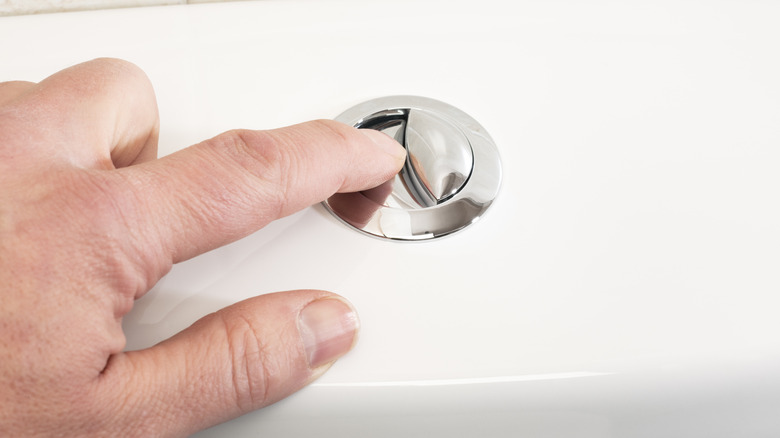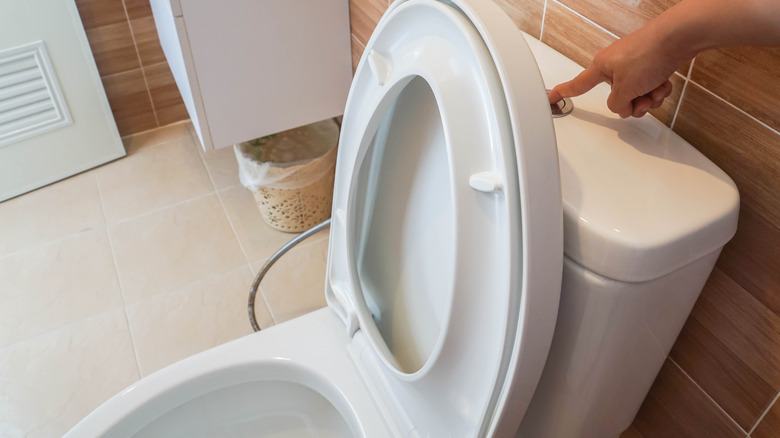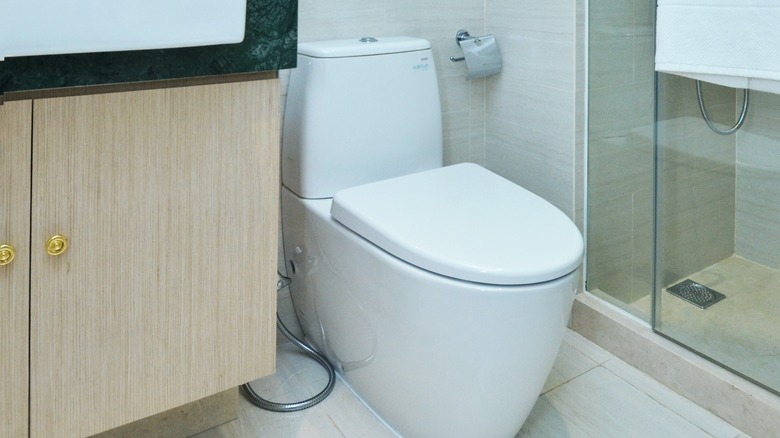What Are Dual Flush Toilets And Are They Worth Installing?
If you are conscious about water conservation and environmental sustainability, you may be contemplating switching to a dual flush toilet. Unlike traditional fixtures, dual flush toilets offer two different flush options, each with a specific amount of water. The user can choose between a half flush and a full flush depending on the type of waste being disposed of, reducing the amount of water used per flush.
For liquid waste, the half flush option is used, which is typically less than a gallon of water. The full flush option is used for solid waste, which releases no more than 1.6 gallons of water. In contrast, an older toilet can use up to 6 gallons every time you flush.
With a dual flush toilet, you could significantly reduce water consumption without sacrificing efficiency. If you're considering upgrading your bathroom fixtures, it's essential to learn about the features and benefits of dual flush toilets to determine if it's the right choice for your home.
Advantages and drawbacks
The most significant advantage of dual flush toilets is that they can save a considerable amount of water compared to traditional toilets. The Princeton Student Climate Initiative reports that dual flush toilets can save around 67% of the water used by conventional toilets, making them a popular choice in areas with water scarcity or for those conscious of their water consumption. Along with helping the environment, they can save money on water bills over time.
One potential drawback of dual flush toilets is that they can be more expensive to install and repair than traditional toilets. This is because dual flush toilets have a more complex flushing mechanism, which can require more parts and labor to install. In addition, some dual flush toilets may also require specific plumbing requirements, which can add to the installation costs.
While the initial cost of a dual flush toilet may be higher than a traditional toilet, the savings on water bills can compensate for the extra cost in the long run. Plus, some areas may offer rebates or incentives for installing water-saving fixtures, which can help offset the cost even further.
Additional factors to consider
You'll also want to consider the compatibility of your plumbing system with a dual flush toilet. While most modern homes should have no issue with installation, older homes or homes with unique plumbing systems may require additional modifications to accommodate them.
As for the learning curve of a dual-flush toilet, it's generally minimal. The two flush options are straightforward to understand and use. Most dual flush toilets have clear instructions and markings to indicate which flush option is appropriate for liquid and solid waste. With a bit of practice, users should be able to quickly adjust to using a dual flush toilet.
When shopping for one of these models, you'll want to look for a toilet with a WaterSense label, which indicates that it meets the Environmental Protection Agency's water efficiency standards. You'll also want to consider the design and size of the toilet to ensure it fits well in your bathroom and complements your décor. Additionally, it's essential to choose a reputable brand and model with good reviews to ensure that it's reliable and long-lasting.
By considering these factors, you can find the best dual flush toilet for your needs and enjoy its water-saving benefits for years to come.


